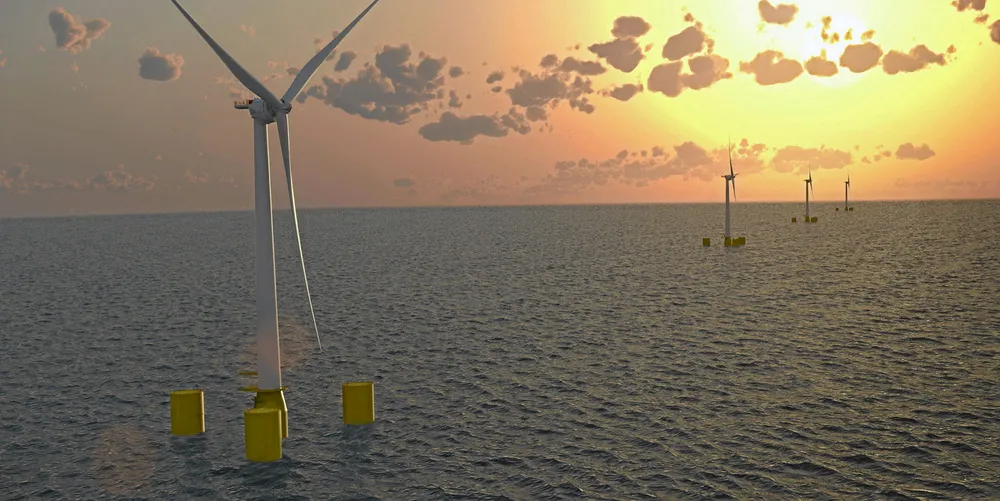Siemens Energy technology to stabilise grid at giant Irish floating wind energy hub
German company to supply ESB with synchronous condenser system to allow for integration of intermittent power from planned 1.4GW floating wind array into Irish grid

German company to supply ESB with synchronous condenser system to allow for integration of intermittent power from planned 1.4GW floating wind array into Irish grid
